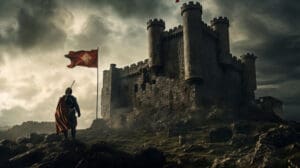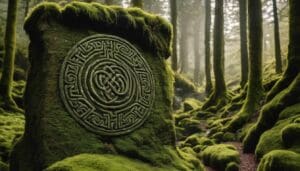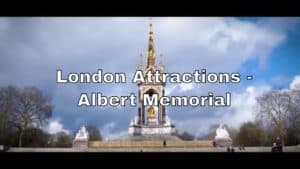The Crown’s Story: Secrets of the British Monarchy

Updated On: March 05, 2024 by Asmaa Alhashimy
The British monarchy, an institution that has withstood the ebb and flow of history, continues to captivate the global imagination.
Join us on a journey of exploration through the British monarchy’s historical evolution and Queen Elizabeth II’s unique reign, which are at the heart of Britain’s identity. Discover royal sites and ceremonies that represent the monarchy’s lasting legacy and cultural significance, and learn about the challenges and transitions that highlight the monarchy’s adaptability and ongoing public fascination.
So, let’s explore the longevity and evolution of the monarchy, delving into the illustrious reign of Queen Elizabeth II and examining how the Crown has been a consistent symbol of tradition, power, and cultural identity.
Table of Contents
The British Monarchy Through Ages
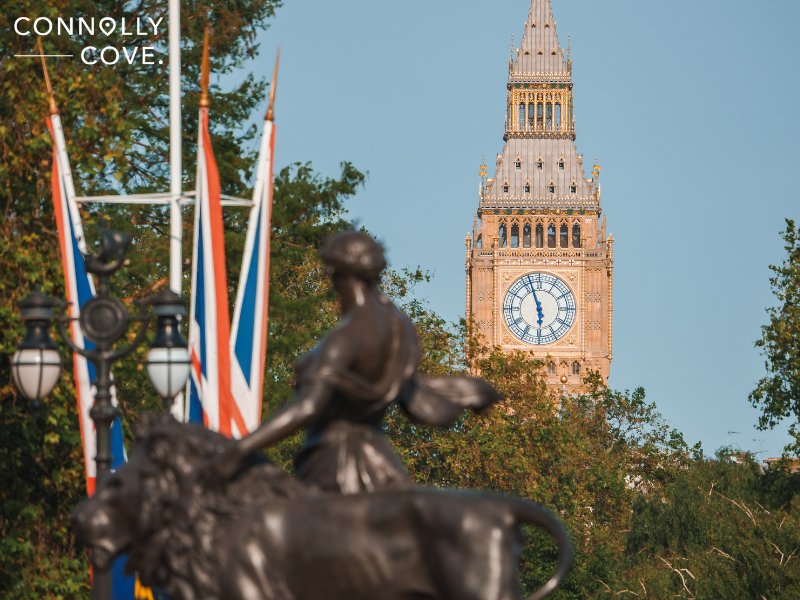
The fabric of the British monarchy is interwoven with a rich history of transformation and influence, where kings and queens have played pivotal roles in steering the nation’s course.
The Evolution from Empire to Commonwealth
Once stretching across the globe, the British Empire witnessed a transition to a more symbolic connection with its former colonies through the formation of the Commonwealth. This association of independent nations illustrates the monarchy’s adaptability in maintaining relationships with countries that have embraced self-governance while recognising the monarch as the head of the Commonwealth.
Notably, the Commonwealth realms today acknowledge King Charles III following the historic reign of Queen Elizabeth II, going through a period of rapid decolonisation during the 1960s and 1970s.
Key Monarchs and Their Legacies
- Queen Victoria: Her reign marked an era of British industrial, cultural, political, and military prominence and expansion. The Victorian Age is synonymous with the height of the empire.
- King George VI: He ascended the throne after the abduction of King Edward VIII, guiding the nation through the difficult war years.
- Annus Horribilis (1992): Refers to a year of misfortune for the monarchy, marked by scandals and familial disruption, showing the British monarchy’s vulnerability to public opinion.
These monarchs have left enduring legacies, contributing to the narrative of a monarchy that has continually evolved while maintaining an influence on British identity and its Commonwealth realms.
Elizabeth II: A Reign Like No Other
Queen Elizabeth II’s ascension to the throne coincided with a pivotal moment in British history. Her reign, spanning over seven decades, has witnessed remarkable transformations both within the United Kingdom and across the globe.
The Coronation and Early Years
On 2 June 1953, the coronation of Elizabeth II signalled more than the start of a new monarchy; it was an event that unified a post-war Britain in hope and celebration. It was the first to be broadcast on television, inviting millions to partake in the ceremony.
During these formative years, Winston Churchill served as the Queen’s first Prime Minister. He provided a steadying hand as both the nation and the young monarch navigated the uncharted waters of a rapidly evolving post-World War II era.
Decades of Change
The reign of Queen Elizabeth II has seen a dynamic shift in both the political and social fabric of the UK. Notably, the premiership of Margaret Thatcher, which began in 1979 and lasted until 1991, marked a stark transformation in the UK’s political landscape with sweeping economic changes and a distinctive stance on the world stage.
Across the decades, the Queen has worked with a total of 15 Prime Ministers, bearing witness and providing continuity through the country’s many seasons of change.
Royal Residences and Ceremonial Sites
The royal residences and ceremonial sites play a pivotal role in the UK’s history and culture. These esteemed locations are not just homes but symbols of the British monarchy’s enduring legacy.
Buckingham Palace: The Crown’s Home
Since 1837, Buckingham Palace has been the heart of British royalty in London, hosting both state occasions and royal gatherings.
The impressive structure, boasting 775 rooms, stands as a testament to Britain’s architectural grandeur and its monarchy’s rich history. The lavishly adorned State Rooms are principal among its spaces, used for ceremonial and official events.
Balmoral Castle: A Royal Retreat
Balmoral Castle, with its imposing towers and sweeping estate, offers a picturesque sanctuary in the Scottish Highlands. Acquired by Queen Victoria in 1852, it has since been a private retreat for the Royal Family, where they can indulge in the tranquillity of the surrounding nature.
Although less formal than Buckingham Palace, the castle’s grounds, architecture, and interior are rich with historical significance and cultural charm.
Royal Family Dynamics
The Royal Family of the United Kingdom is an institution with complex personal relationships that often come under public and media scrutiny, influencing the British monarchy’s dynamic across generations.
Marriage, Scandals, and Public Perception
The marriages within the royal family often reflect the balancing act between love and duty. The marriage of Prince Charles and Lady Diana Spencer was seen as a fairy tale but evolved into one of the most discussed royal scandals due to their eventual separation and divorce.
Following these events, public perception of the monarchy was notably mixed, with some viewing the institution as outmoded. Prince Charles later married Camilla Parker Bowles, a union that began with controversy but has since become more accepted by the public.
The Generational Shift
As we witness a generational shift in the royal family, the duties and expectations of public roles are evolving. Prince William and Prince Harry have carved out their paths, reflecting modern values while upholding traditional royal responsibilities.
Prince William, now the Prince of Wales, has embraced his future role as king with Catherine, Princess of Wales, focusing on charitable work, mental health, and the environment. Prince Harry, meanwhile, chose a different route by stepping back from royal duties and moving abroad, highlighting the generational differences in royal perceptions of duty and personal happiness.
Political Power and the British Monarchy
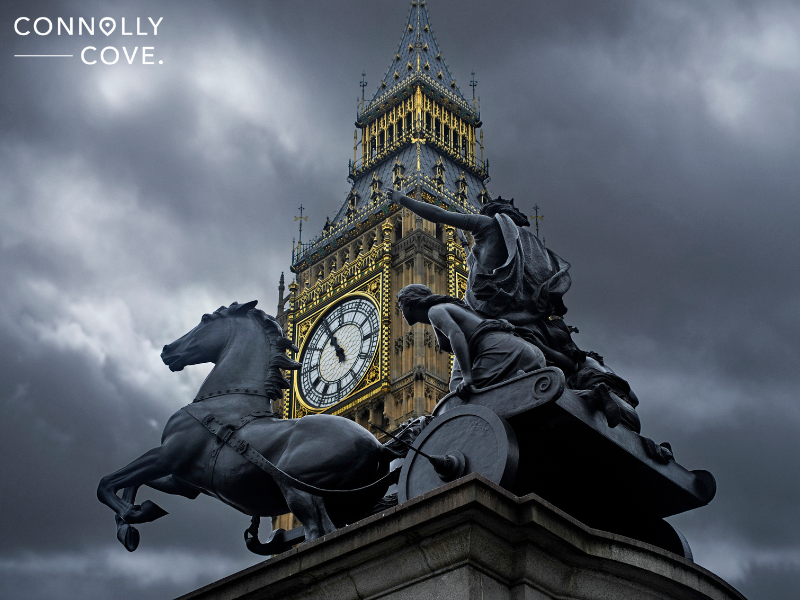
In exploring the realms of the British monarchy, it is crucial to understand that political power is exercised symbolically rather than directly, with influence being a pivotal element of the Crown’s role in governance.
Constitutional Role and Influence
The British monarch’s role has evolved over the centuries, largely ceremonial but still constitutionally significant. For instance, while the appointment of the Prime Minister is a formal duty, the monarch historically had discretionary power in this process. According to Walter Bagehot’s 19th-century analysis, the monarch retained three crucial rights: to be consulted, to encourage, and to warn, highlighting the sovereign’s influential capacity through the art of conversation and advice.
Moreover, matters of policy and justice are not directly controlled by the British monarchy; instead, they are managed by elected officials and independent judicial bodies to preserve democratic values. However, the Queen’s consent is a procedural requirement for legislation, serving as a testament to the Crown’s enduring constitutional presence.
Historic Tensions and Cooperation
Throughout British history, the relationship between the monarchy and the government has seen moments of tension and cooperation, notably when political power has tested the limits of the Crown’s authority. These historic interactions have shaped the current understanding of the British monarchy’s place in the policy-making framework and its role in the justice system.
Remarkably, in times of national crisis or uncertainty, the British monarchy’s power to unify and stabilise has been widely acknowledged, supporting the government of the day while maintaining a neutral and apolitical stance. The monarch’s capacity as Head of State symbolises continuity and tradition, elements that resonate strongly in the collective consciousness, influencing the nation without commanding power in the conventional sense.
Challenges to the British Monarchy
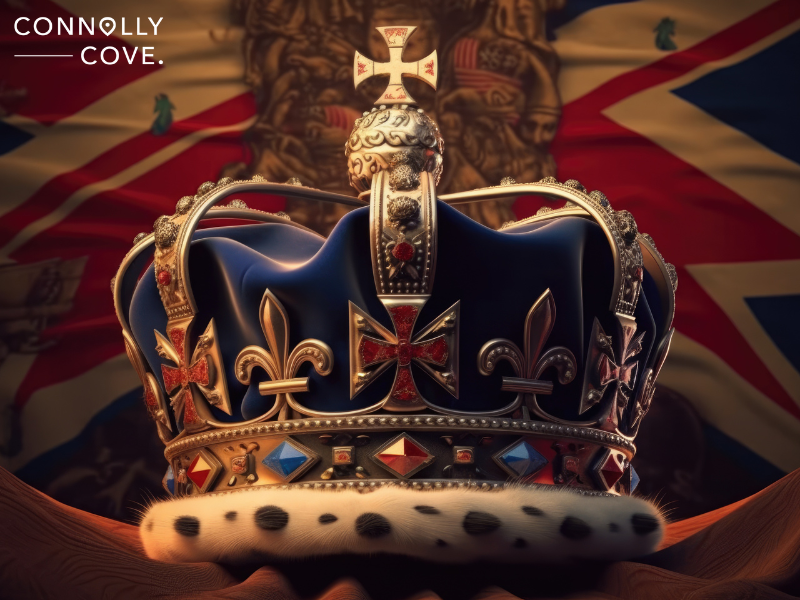
In recent years, the British monarchy has faced significant pressures, both from within the United Kingdom and from other countries where the monarch remains the head of state. These challenges are not only political but also touch upon financial and ethical considerations.
Calls for Reparations and Accountability
Across the Commonwealth realms, there is a growing demand for moral and financial reparations linked to the colonial past. Nations are calling for acknowledgements of historical injustices, with some advocating for monetary compensation. This movement is multifaceted, reflecting not only on economic disparities but also on health outcomes and social welfare influenced by historical governance.
Health, Wealth, and Public Scrutiny
The British monarchy’s wealth is another contentious topic, as it is intricately tied to public perception and support. Questions arise concerning the funding of royal duties and the balance of private and public wealth.
Furthermore, the health of the monarchy—both in literal terms and the health of the institution—undergoes relentless examination by the media and public alike, linking their well-being to the nation’s sentiment towards independence and self-governance.
Transition and the Future of the British Monarchy
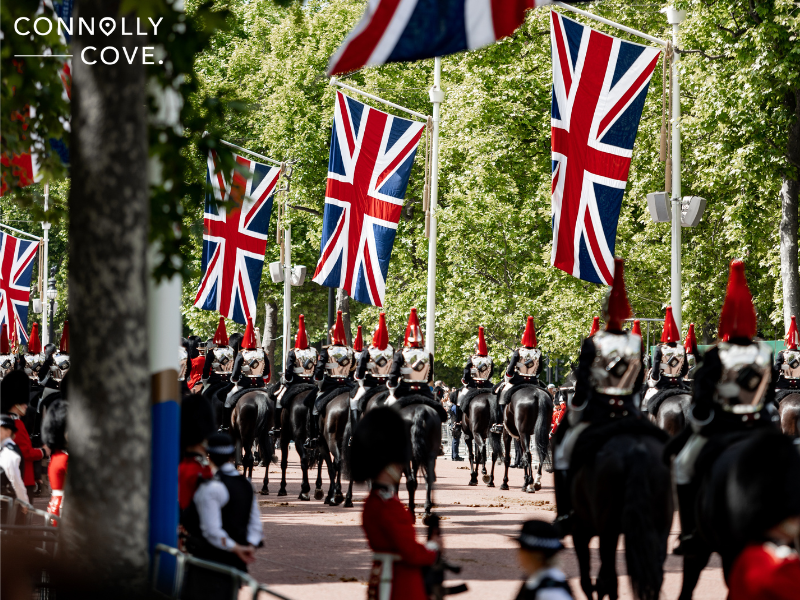
With the recent ascension of Charles III to the throne, Britain stands on the cusp of a new era that balances the continuation of ancient tradition with the realities of modern Britain.
Charles III’s Ascension to the Throne
At 73, King Charles III assumed the mantle of monarchy, marking a new chapter after one of the longest reigns in British history. His ascent marks a significant turning point, drawing a line between the steadfast stability of his mother’s tenure and the expectations of moral leadership in a rapidly evolving society.
Engagement with the British monarchy has shifted with generational changes, and King Charles III’s rule brings a nuanced understanding of the need for moral decisiveness within the realms of tradition.
Prospects and Speculations
As we look to the future under King Charles III, discussions abound regarding the continued relevance and role of the monarchy in modern Britain. The monarch’s potential to become a figure embodying morality and progressive values in a time of societal flux is a common thread among speculators and royal commentators.
While some aspects of the institution are deeply entrenched in centuries-old tradition, a fresh perspective could see a reimagining of the monarchy’s connection with contemporary Britain, reflecting evolving societal norms and promoting a form of moral leadership that resonates with today’s values.
Celebrating Royal Milestones
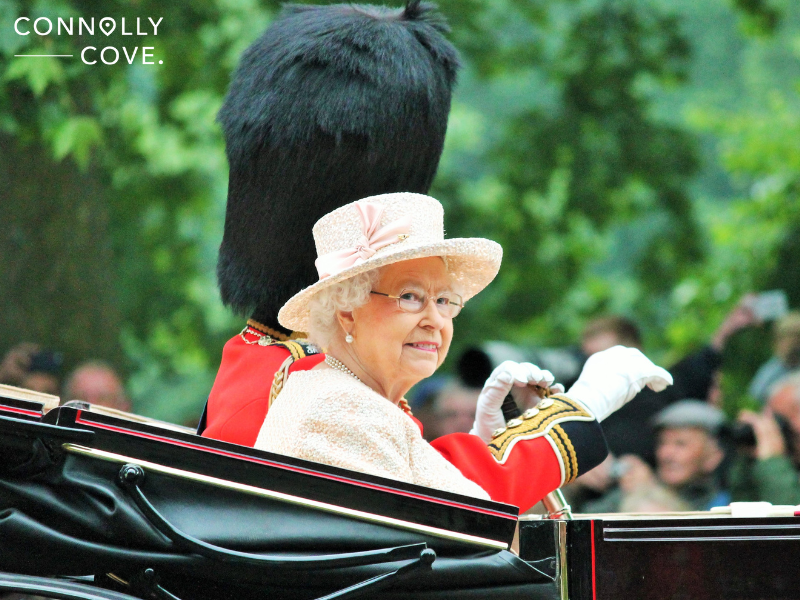
The United Kingdom has a rich tradition of marking significant royal events, and Queen Elizabeth II’s reign has seen many notable milestones that stir a sense of pride and celebration across the nation. From her coronation in 1953 to various jubilees, these moments are etched into the collective memory of the British public and the Commonwealth.
In 1954, merely a year after her coronation, the Queen embarked on a historical post-coronation tour. The nation celebrated in grand fashion, full of pomp and public festivities, acknowledging our Queen’s new relationship with her people.
The Queen’s Silver Jubilee in 1977, marking 25 years of her reign, was a particular highlight. Communities across the UK came together for vibrant street parties, strengthening bonds and igniting a powerful sense of national unity.
| Decade | Milestone Event |
|---|---|
| 1970s | Silver Jubilee |
| 2000s | Golden Jubilee |
| 2010s | Diamond Jubilee |
In 1983, the Royal presence was strongly felt as we celebrated her reign and commitment to service. Again, in 1991, we as a nation participated in marking the 40th anniversary of her accession, each event attended by both national and international dignitaries, reflecting the Queen’s global influence.
- Silver Jubilee (1977): A celebration of 25 years on the throne.
- Golden Jubilee (2002): Marking 50 years of the Queen’s reign.
- Diamond Jubilee (2012): 60 years since Elizabeth II became Queen.
The British celebrations for the Jubilees have always been inclusive, reflecting the diverse cultures within the Commonwealth that the Queen cherishes. The milestones not only encapsulate the Queen’s service but also represent the shared history and heritage.
Final Remarks
As we enter a new chapter under King Charles III, the future of the British monarchy remains a topic of much speculation. Whether it will adapt to the changing tides of society or face increasing calls for change, only time will tell.
If you’re eager to learn more about the captivating world of British history and culture, explore our endless resources on Connolly Cove. Immerse yourself in the grandeur of enchanting castles in England, or embark on a virtual tour of English landmarks, each offering a glimpse into the stories that have shaped this remarkable nation.


